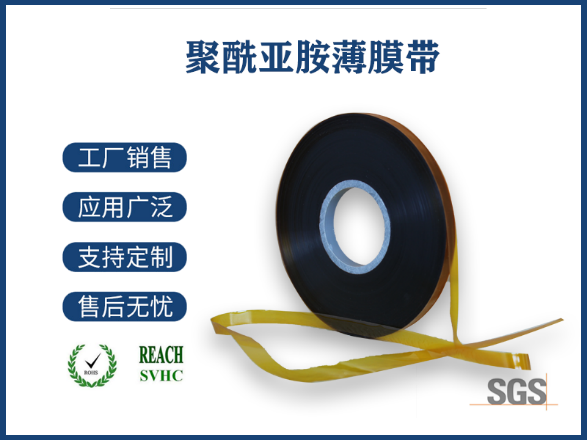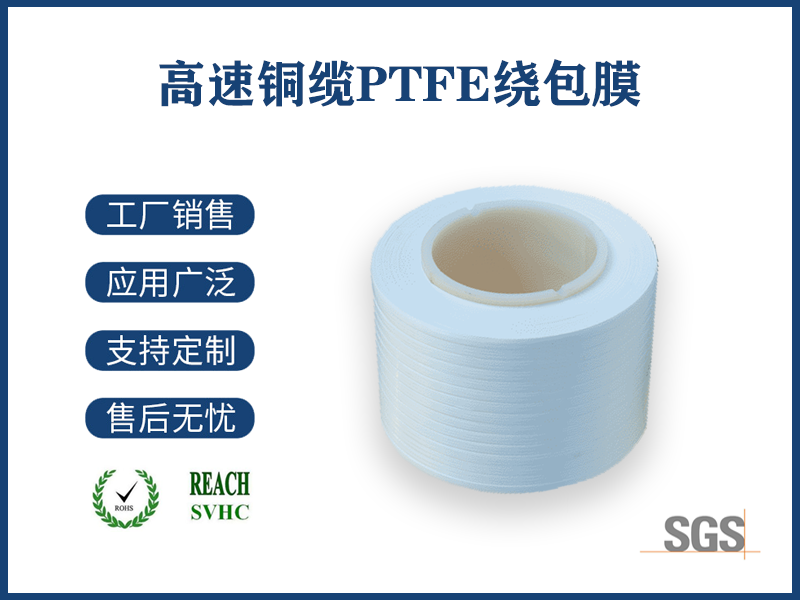Exploring the Versatile World of Polyimide Flexible Materials: A Comprehensive Guide In the realm of advanced materials, polyimide flexible materials, often abbreviated as PI, stand out as a cornerstone of innovation. These materials have revolutionized industries ranging from electronics to aerospace, thanks to their exceptional thermal stability, mechanical strength, and flexibility. This article delves into the fascinating world of polyimide flexible materials, exploring their properties, applications, and the reasons behind their widespread adoption.
What is Polyimide?
Polyimide is a type of high-performance polymer known for its remarkable resistance to heat, chemicals, and radiation. It is synthesized through a process called imidization, where a polyamic acid precursor is converted into a polyimide. The result is a material that is both thermally stable and mechanically robust, making it ideal for demanding applications.
Key Properties of Polyimide Flexible Materials
Thermal Stability: One of the most notable characteristics of polyimide is its ability to withstand extreme temperatures. PI materials can operate in environments ranging from -269°C to 400°C without significant degradation, making them suitable for high-temperature applications.
Mechanical Strength: Despite their flexibility, polyimide films exhibit high tensile strength and modulus, ensuring durability in various mechanical environments.
Chemical Resistance: Polyimide materials are resistant to a wide range of chemicals, including acids, bases, and solvents, which enhances their longevity in harsh chemical environments.
Electrical Insulation: With excellent dielectric properties, PI films are widely used as insulating materials in electronic components, ensuring reliable performance in electrical applications.

Flexibility: The inherent flexibility of polyimide allows it to be used in applications where traditional rigid materials would fail, such as flexible circuits and wearable electronics.
Applications of Polyimide Flexible Materials
The unique combination of properties offered by polyimide flexible materials has led to their adoption in a myriad of industries. Below are some of the most prominent applications:
1. Electronics and Electrical Engineering
In the electronics sector, PI films are extensively used as insulating layers in flexible printed circuit boards (PCBs). Their ability to withstand high temperatures and maintain electrical integrity makes them indispensable in modern electronics. Additionally, polyimide is used in solar panels and battery separators, where thermal stability and flexibility are crucial.
2. Aerospace and Defense
The aerospace industry benefits from the high thermal stability and low outgassing properties of polyimide. It is used in thermal insulation blankets, wire and cable insulation, and structural components of spacecraft. In defense, PI materials are employed in radar systems and missile guidance systems due to their ability to perform under extreme conditions.
3. Medical Devices
In the medical field, polyimide’s biocompatibility and flexibility make it an ideal material for catheters, stents, and surgical instruments. Its resistance to sterilization processes, such as autoclaving, further enhances its utility in medical applications.
4. Automotive Industry
The automotive sector utilizes PI materials in engine components, sensors, and wiring harnesses. Their ability to endure high temperatures and harsh environments ensures the reliability and longevity of automotive systems.
5. Industrial Applications
In industrial settings, polyimide films are used in membrane switches, insulation tapes, and adhesives. Their chemical resistance and thermal stability make them suitable for use in chemical processing equipment and high-temperature filtration systems.
The Future of Polyimide Flexible Materials
As technology continues to advance, the demand for high-performance materials like polyimide is expected to grow. Researchers are exploring ways to enhance the properties of PI materials, such as improving their thermal conductivity and electrical performance. Additionally, the development of bio-based polyimides is gaining traction, offering a more sustainable alternative to traditional petroleum-based polymers.
Innovations in Polyimide Technology
Nanocomposites: Incorporating nanoparticles into polyimide matrices can enhance their mechanical and thermal properties, opening up new possibilities for advanced applications.
3D Printing: The advent of 3D printing technology has enabled the fabrication of complex polyimide structures, expanding their use in customized components and prototyping.
Smart Materials: The integration of sensors and actuators into polyimide films is paving the way for smart materials that can respond to environmental changes, such as temperature and pressure.
Conclusion
Polyimide flexible materials have established themselves as a versatile and indispensable component in modern technology. Their exceptional properties, ranging from thermal stability to flexibility, have made them a preferred choice in numerous industries. As research and development continue to push the boundaries of what is possible, PI materials are poised to play an even more significant role in shaping the future of advanced materials.





 產(chǎn)品手冊
產(chǎn)品手冊  客服
客服